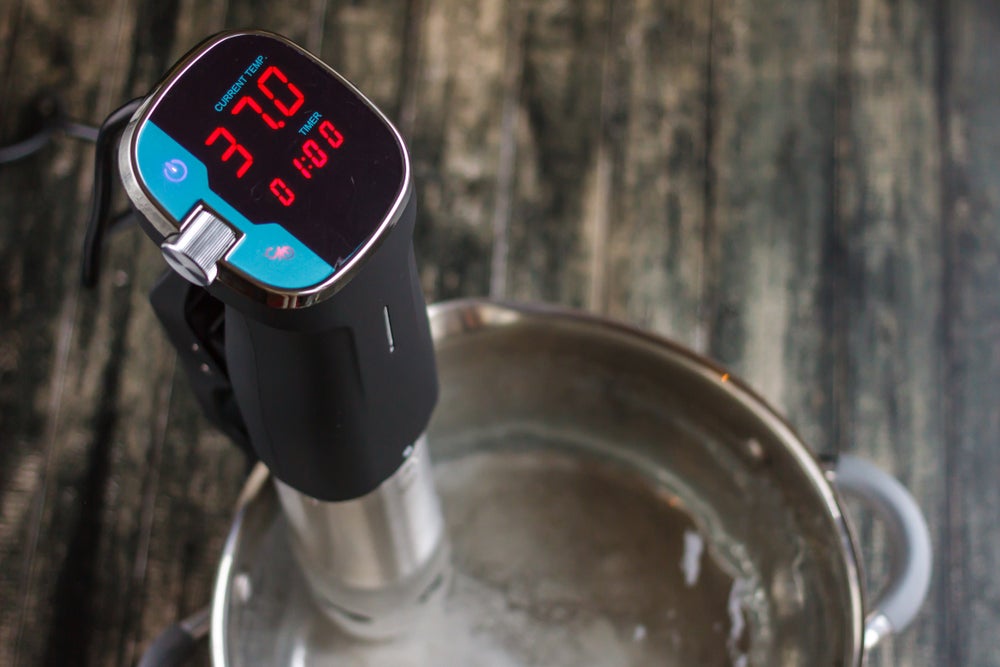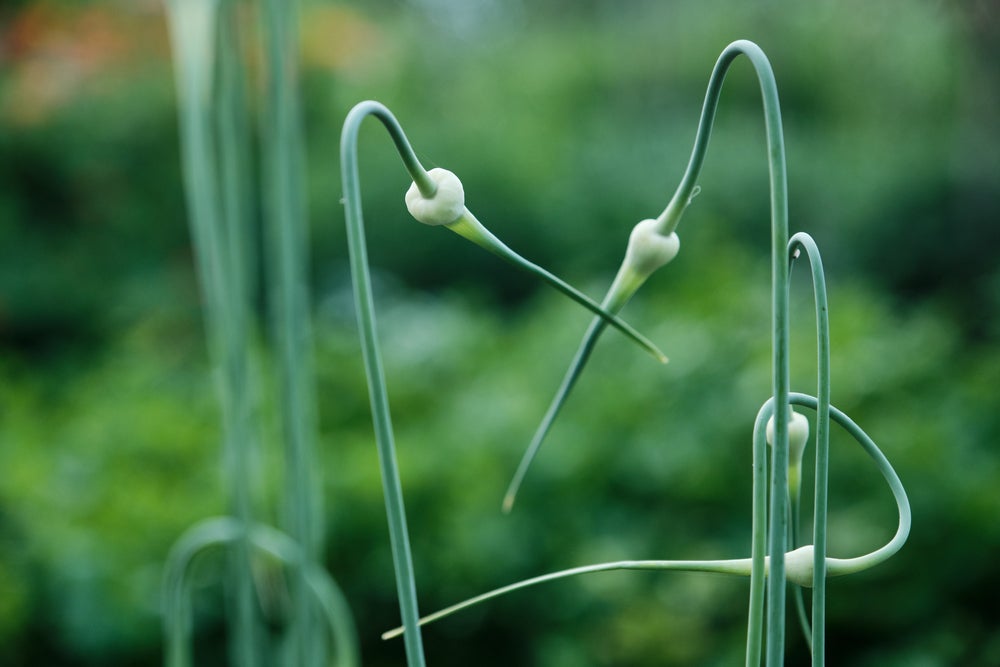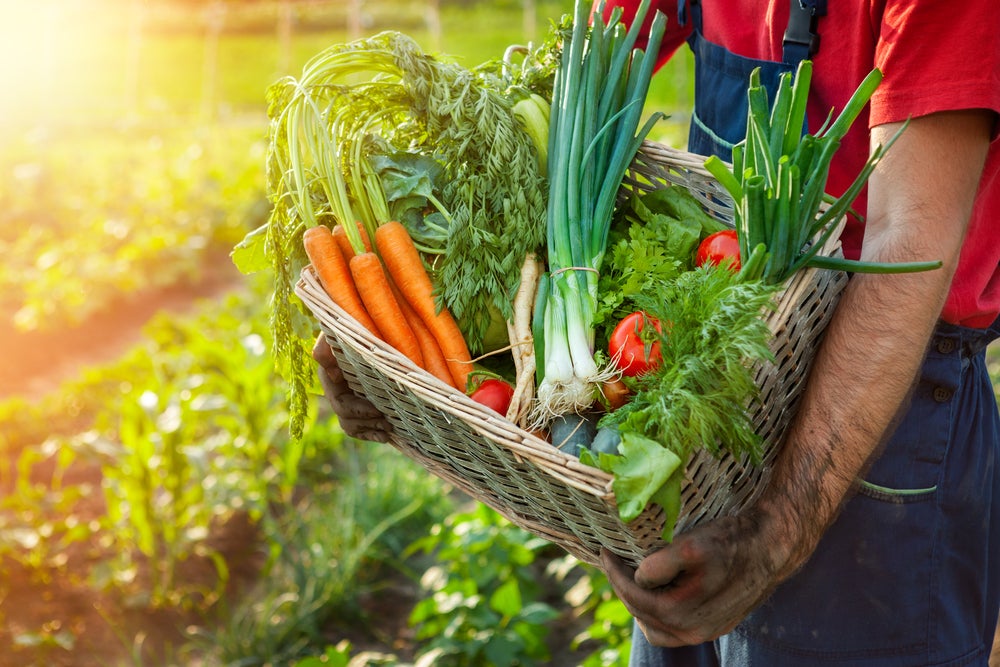Top 5 Sous Vide Food Safety Myths: From Boil-in-a-Bag to Botulism
Cooking with sous vide can be intimidating for both first timers and experienced cooks, in part because of the lingering mystique from an age where sous vide was only accessible to the priciest restaurants.
It also comes down to the perception that there’s something inherently science-y about sous vide compared to other methods of cooking. With that sous vide is nothing to be intimidated by, although there are a few more moving parts involved. This also extends to concerns about food safety due to sous vide’s lower than average cooking temperature.
In this article we’ll walk you through five of the biggest sous vide myths, and fact-check the rest.
Let’s get to it.
1. The Danger Zone and What it Actually Means (ft. Kenny Loggins)
First and foremost comes food safety and something known as the danger zone in cooking. This refers to the temperature range between 140 degrees Fahrenheit and 40 degrees Fahrenheit. In short, it’s within this range that bacteria can multiply if left for too long.
As such many sous vide recipes that focus on prepping meals rather than serving immediately often tell you to cool immediately in an ice bath. This is a sure-fire way to drop your dishes’ temperature straight down, and is best practice for doing any kind of sous vide batch cooking. The growth of bacteria might sound scary, but this is precisely the same reason we don’t leave meat out at room temperature for, say, an entire afternoon.
The discussion about the danger zone in sous vide also connects to another common about the range of cook times. After all, how can one recipe recommend cook your steak for as little as an hour or as long as four?
The answer is surprisingly simple, and ties back into the 40-to-140 rule described above. Long story short as long as your meat reaches an internal temperature of 140 degrees Fahrenheit then it’ll be good to go. Due to sous vide’s precise temperature control this temperature can be reached quickly within an hour and held for a variable length of time. Here, the extra time simply allows us to take the classic low-and-slow approach even lower and slower. In short, the longer cook times are for adjusting both doneness and collagen breakdown, which is just as much of a balancing act as on the grill.
2. Sous Vide is Just Bougie Boil-in-a-Bag
This is something that gets brought up time and time again when it comes to sous vide. Isn’t throwing in bag and cranking the heat just the same as making an instant curry or packet of smoked meat? The answer: pretty much everything.
First of all, sous vide doesn’t typically hit boiling temperatures. The range for sous vide cooking caps out at around 165 degrees Fahrenheit for meat and 190 degrees Fahrenheit for vegetables. Water boils at 212 degrees Fahrenheit, meaning we don’t even get close to that benchmark even when working with veg.
Second, sous vide adds extra movement to the pot. Sous vide machines use impellers to circulate water around the dish. This extra circulation helps cook your food evenly for perfect doneness from crust to core.
Third, sous vide is a complete cooking process from raw to finished food. Often when boiling a sachet of smoked meat or curry the food has already been cooked most of the way through. The boiling process is then more about finishing the dish, not cooking it from scratch.
3. Speaking of the Bags, what about all that plastic?
One of the most common concerns about sous vide is plastic leeching into your food. The main concern is the contamination of food with bisphenol A (BPA). This can disrupt hormonal activity and in some cases neurological functions. Some research also links BPA to increased blood pressure, type-2 diabetes, and cardiovascular disease.
The good news? Food science has come a long way in the last 30-years. These days most if not all professional kitchens use a variety rigid, food-safe polycarbonate containers. These containers are typically 100% BPA free. Likewise, many of your favorite brands like Zip-lock are also BPA free and completely safe to use.
Even so, we’ve got you covered If you’re still on the fence about plastic and sous vide. Many recipes – especially sous vide baked goods – actually use mason jars or canning jars instead of bags. This means that even if you don’t want to use plastic bags – which again are completely safe – you can still make great desserts like cheesecake in a jar.
Note that everything we discussed above applies to both Zip-lock and rolls of sous vide bags.
4. Botulism, Garlic, and Sous Vide
The discussion around botulism in sous vide comes up most frequently in regards to the Danger Zone and certain ingredients. The number one culprit is also a kitchen staple: the humble garlic clove. Typically, this is something that canners need to worry about, but it applies just as much to sous vide as well.
Garlic is susceptible to botulism due its low acid content. This creates issues when coupled with a low-oxygen environment, such as a vacuum-sealed bag. This means it’s a prime, yet delicious, candidate for bacterium formation. However, this is only a serious concern if the dish you’re preparing is being cooked lower than 122 degrees Fahrenheit for more than two hours, according to the lower-bounds of FDA guidelines. Finally, you can also actively combat botulism spores by working with a dish acidity of around 4.5 PH, although this is more relevant for canning than sous vide.
With all that said, we’d suggest keeping to the food and safety standard of around 131 to 134 degrees Fahrenheit if including garlic in your sous vide bag.
5. Sous Vide is Only Good for Meat
The go-to image for sous vide cooks is that of a steak master minus the grill. This impression lasts for a reason. Sous vide is an absolutely excellent method of cooking meat, fish, poultry, and game.
With that said, sous vide is also an absolutely amazing choice for prepping your favorite vegetables. One of the big advantages here is that you dodge the annoyance of a blanching process while still reaping the best results. Often veg like broccoli or carrots lose some of their vibrancy when cooked. Sous vide not only cooks your vegetables to perfection, but also retains a lot of that vegetable vibrancy.
Interested in more about sous vide Vegetables? We’ve got you covered with this guide. We’d also specifically recommend the following recipes to get you started: sous vide brocolli, sous vide asparagus, and the humble household staple – potatoes.
Are there other myths we missed? Questions on the finer details of temperature range, botulism, and pasteurization? Hop into the comments below and we’ll answer any and all questions a la sous vide.
Photo credit: Alexey Onegin/Shutterstock; Vasyl Rohan/Shutterstock; Cherries/Shutterstock
Sous Vide Frequently Asked Questions
Why should I only vacuum seal chilled food?
Warm food breeds bacteria. Much like the discussion surrounding pasteurization, Sous Vide needs a gentle touch on both ends of the process. Since we never hit boiling temperatures it’s important to minimize the food’s exposure to air and heat at every stage of the cooking process, including prep. Although the danger zone is pretty wide, the range you really need to watch out for is between 40 and 50 degrees Fahrenheit.
Is it safe to Sous Vide with plastic bags?
Always, always use high grade plastic bags for Sous Vide. This can include ziplock, however we really recommend using FDA certified bags from a supplier such as Foodsaver. Using the right tools for the job extends to the kitchen too!
Can you reheat cooked Sous Vide food?
One of the best things about Sous Vide is its ability to be reheated, seared and served within two days of cooking. With that said, this doesn’t mean you can put your food directly into the fridge. As always, make sure to chill your food in an ice bath unless serving immediately. You want to bring the temperature down through the 40 degrees to 50 degrees zone as quickly as possible.
If Sous Vide doesn't reach a boiling temperature, does this mean the food is not safe to eat?
Absolutely! Pasteurization is something that occurs naturally during prolonged cooking windows. Because Sous Vide abides by the low and slow rule of BBQ our cooking times typically allow for this process to occur. At just about 135 degrees Fahrenheit most bacteria are destroyed after a couple of hours in the water bath - which is the range typically recommended for meat.




Thanks for this list!
Could you expand on why it is important to only vacuum seal chilled food? I haven’t heard that before.
Assuming you are talking pre-cooking procedure, vacuum bag sealing, then I would agree don’t warm up before going into Sous Vide. Why would one want to grow bacteria before cooking?
Post-cooking, my wife is of the unsupported belief that one should let hot food cool before being refrigerated. I call it silly and dangerous. Time is of the essence….don’t let your food spoil to then try to preserve it or cook it.
I defrost my food in it’s freezer packaging and then re-bag it for Sous Vide. Just go straight to it. Again, this keeps bacteria from growing.
It is by no means “silly and dangerous”. Your wife is correct to let food cool at least a few minutes before refrigeration. Besides, putting warm food into a cold refrigerator heats up the food around it to an unsafe degree, measurably.
Thanks for for tips.
Please add me to your newsletter and updates
If the danger point of food is 40-140F, wouldn’t cooking a ribeye for ~2 hours at 130F be dangerous?
No, because you’re removing the Oxygen by vacuum sealing. This prevents some pathogens from multiplying.